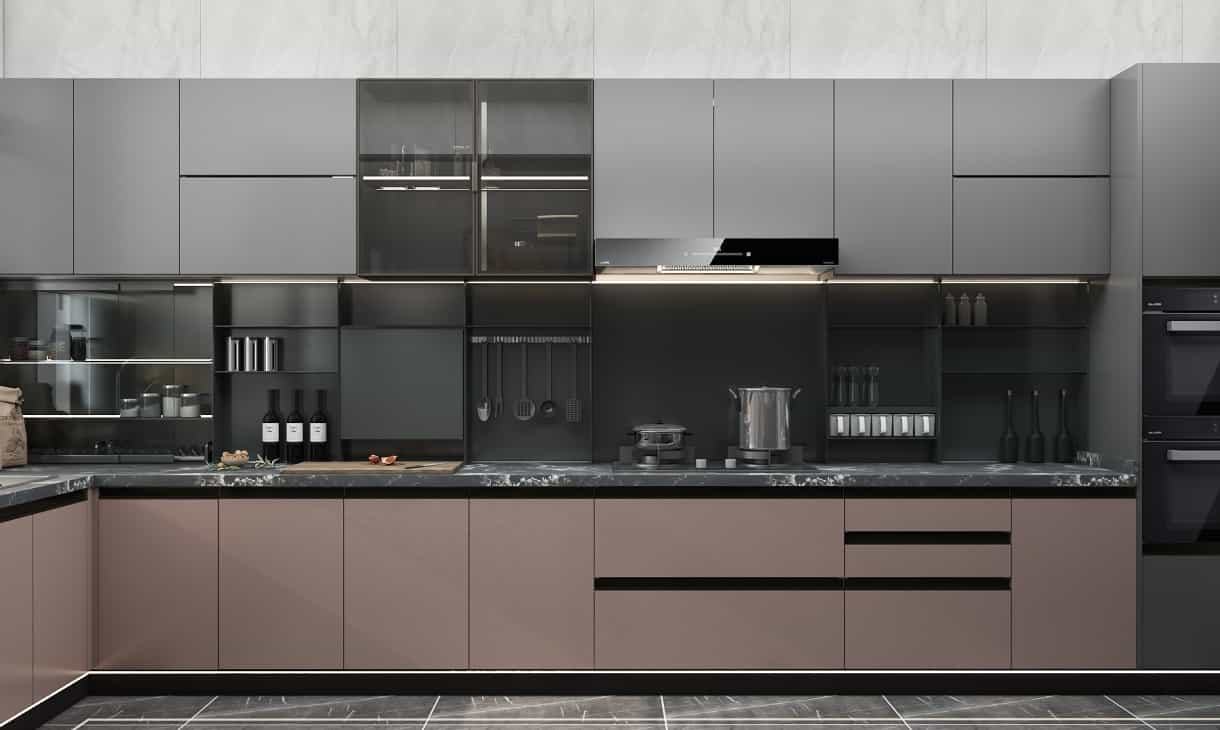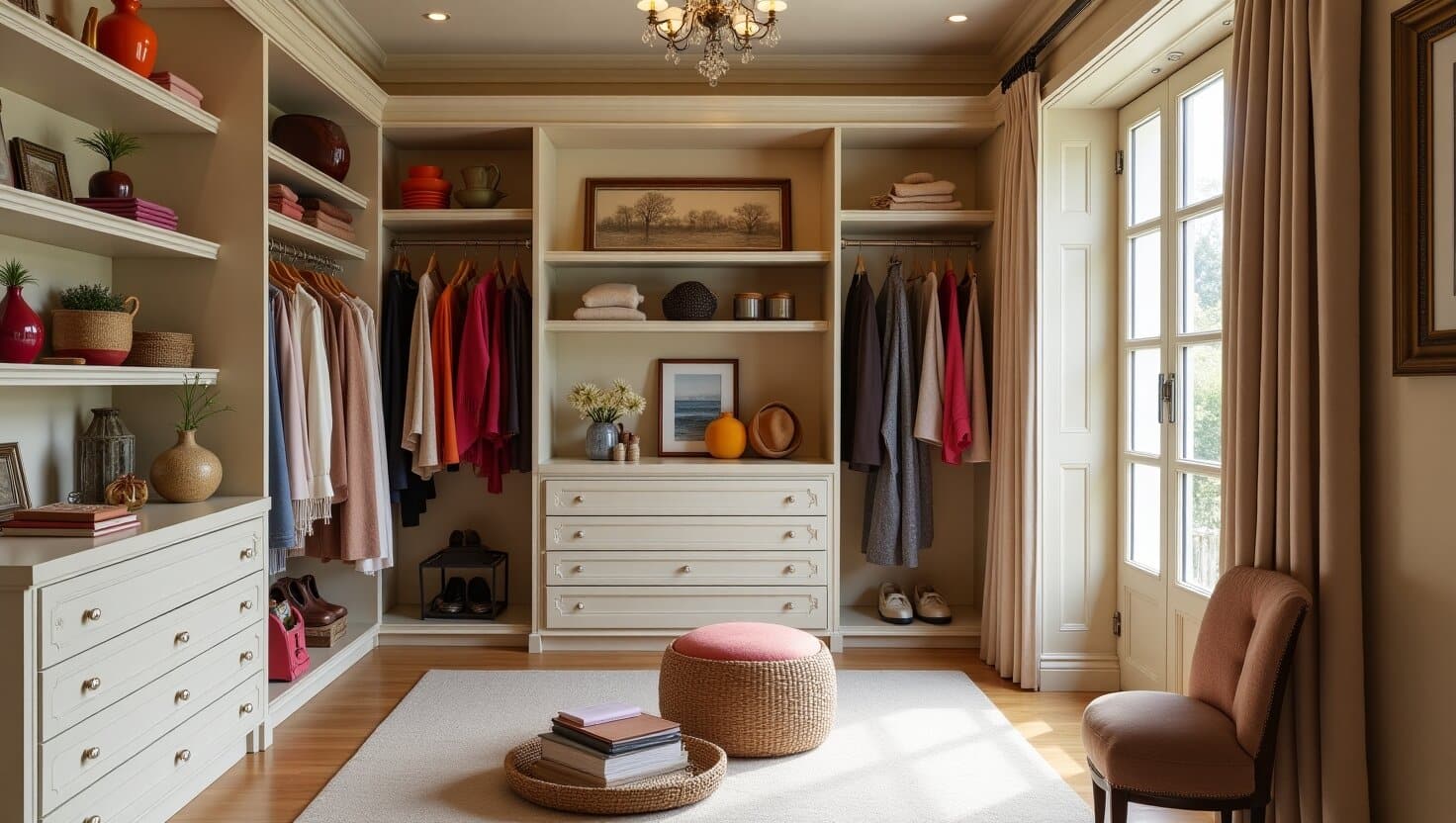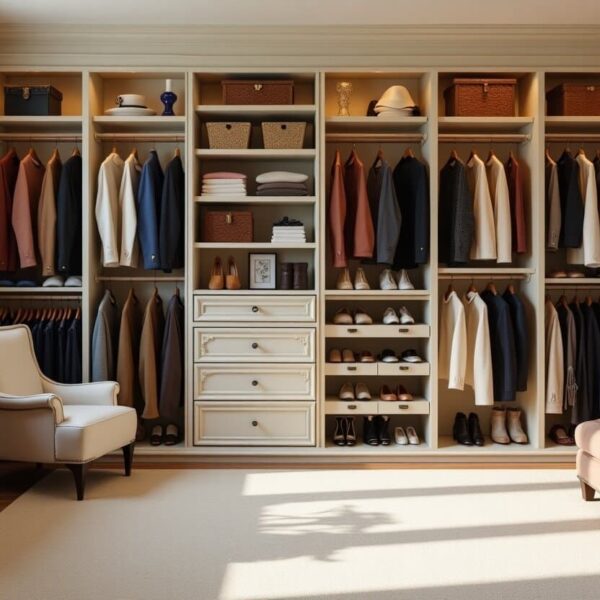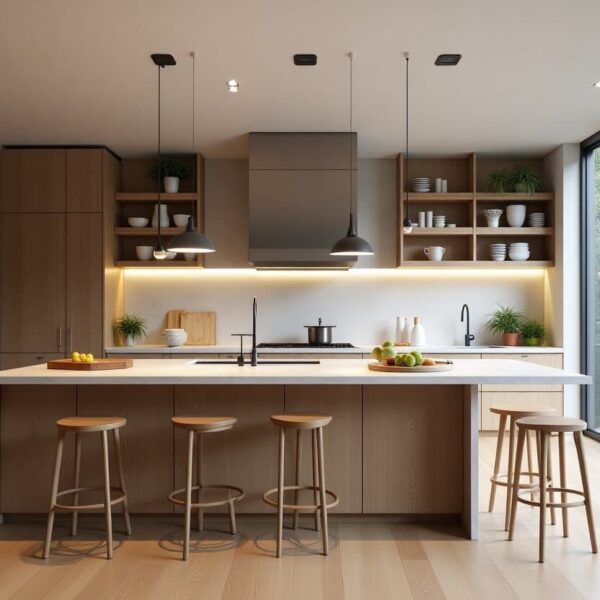When it comes to ordering custom wardrobes from China, many first-time homeowners, interior designers, and renovation contractors often find themselves facing frustrating outcomes: endless rounds of design revisions, unexpected cost overruns, or wardrobes that arrive looking nothing like what was imagined.
But behind nearly all of these cases lies a surprisingly simple root cause —the poor preparation of design files. In international custom furniture projects, especially with a Chinese custom wardrobe maker, clear and complete design documentation isn’t just helpful—it’s essential. Without it, even the most experienced manufacturer can only guess your needs, which leads to delays, errors, and unnecessary costs.
This blog will walk you through how to get your design files right the first time—so that your custom wardrobe order is efficient, cost-effective, and perfectly aligned with your vision.

How Poor Design Files Create Real Chaos
Let’s pull back the curtain on how a messy file system leads to chaos:
- “Naming Anarchy”: The Version Mix-Up. Ever sent wardrobe_final.pdf, then wardrobe_really_final_v2.pdf? This casual naming leads to devastating mix-ups and manufacturing the wrong version.
- “Fragmented Storage”: The Digital Scavenger Hunt. Your crucial details are scattered across local drives, three cloud services, and five USB sticks, with no logical sync. When the factory asks a question, you’re on a digital scavenger hunt.
- “Metadata Blackout”: The Endless Loop of Clarification. Did you specify “Matte metallic paint, RAL 9006” or just “grey”? Missing process specifics means constant back-and-forth, slowing everything down.
- “Technical Debt Accumulation”: The Unreadable Ghost Files. Old design files that won’t open because fonts aren’t embedded or linked images are broken? That’s technical debt, stalling your project before it even starts.
These seemingly small issues snowball into major headaches: incorrect dimensions, structural misalignments, and missing functionalities. The result? Frustration, delays, and a wardrobe that’s far from your vision.

What Makes a Good Custom Wardrobe Design File?
A well-crafted design file bridges the gap between your vision and the Chinese custom wardrobe manufacturer bringing it to life. It doesn’t need to be overly complex or high-end, but it must be clear, structured, and information-dense. Whether you’re a homeowner with a hand-drawn sketch or a designer submitting professional CAD drawings, the ultimate goal is singular: to convey your intentions for dimensions, functionality, and style without any ambiguity.
Before you even start drawing, understand what you need to store. Begin with an item inventory: list what you own—how many shirts, dresses, pairs of shoes, bags, or accessories? How are they currently stored, and how inefficiently? Next, identify pain points: What frustrates you about your existing wardrobe? (e.g., not enough space, hard-to-reach items, constant clutter). Finally, create a feature wishlist: What new functionalities do you dream of? (e.g., more hanging space, a dedicated shoe area, jewelry drawers, or a built-in ironing board).
For the average homeowner, hand-drawn plans are perfectly acceptable. The key is to include a clear scale (1:20 is ideal), the approximate wardrobe placement, and specific markings for any obstructions that might impact installation, such as beams, columns, electrical outlets, or windows. Supplementing these drawings with a few clear photos of the space taken from different angles can greatly help the custom wardrobe manufacturer spot potential issues your drawings might miss, like uneven flooring or inconsistent ceiling heights. Even better, if you can directly annotate photos with arrows and dimensions, it will significantly boost communication efficiency.
For designers, or homeowners working with a designer, CAD drawings emphasize precision and technical expression. We recommend at least including three views (front, side, and top/plan view). If the structure is complex or involves hardware installation areas, you should add node detail drawings or exploded views to aid understanding. When dimensioning, always use a single, consistent baseline to avoid cumulative errors in manufacturing. For example, specifying a “total width ±1mm” or “shelf hole position ±0.5mm” accurately tells the custom wardrobe manufacturer the exact precision required. For drawers, clearly define the runner type (soft-close or standard) and the required gap between the drawer front and the adjacent door panel (≥5mm for smooth operation). Hardware compatibility is another critical area; for sliding doors, if the wall isn’t perfectly straight, note the minimum bending radius for tracks. For hinges, provide the formula for the number of hinges needed for swing doors (a good rule of thumb is Height ÷ 400mm per door). Finally, ensure comprehensive material and process annotation. Use standardized codes for board materials (e.g., MDF, Plywood codes) and surface finishes (e.g., specifying a specific ANSI standard color code or RAL/Pantone code). Additionally, indicate specific manufacturing processes like edge banding types (E1/E2) or laser cutting/CNC engraving when relevant.
Truly excellent design files often go further, translating a user’s vague “functional wishes” into specific, manufacturable details. For instance, “easy to access” should be clarified with a hanging rod height of 900mm. A desire for “high-end feel” can be expressed through features like 45° mitered pull grooves or seamless, press-fit installation methods. These types of details empower the factory to more logically plan the structural layout and select appropriate materials and processes, genuinely turning your wishes into reality.
In essence, a superior design file doesn’t just tell the manufacturer “what it should look like”; more importantly, it explains “why it’s designed this way, and how it can be reasonably made.”

From Sketch to Submission
Now that you understand what makes a design file truly effective—whether it’s a hand-drawn sketch or a detailed CAD layout—it’s time to talk about what you should actually submit to your Chinese custom wardrobe maker. A well-prepared submission ensures that nothing gets lost in translation, both literally and figuratively. Below, we’ve broken down exactly what materials to include and how to structure them for a smooth production process.
| Required Files | Optional Supporting Files |
|---|---|
| Detailed 2D drawings (PDF / DWG) | Inspiration images or Pinterest references |
| Photos of space with dimensions | Material and color preference list |
| Internal layout plan (hand-drawn accepted) | Functional notes (e.g., jewelry drawer, vacuum storage zone) |
| Socket/switch/obstruction locations | Special notes: entryway width limits, lifting/access issues on site |
Have a project in mind? Send a message.
Get the catalog for free
Communicating Across Borders
In cross-border custom projects, communication quality often directly dictates project success. When partnering with a Chinese custom wardrobe factory, beyond clearly expressing design intent, ensuring technical detail alignment is equally crucial. One of the most frequently overlooked yet critically important aspects is the unification of measurement units. Many overseas clients are accustomed to using inches, while Chinese manufacturers predominantly use metric units. To prevent misunderstandings or even manufacturing errors, we highly recommend standardizing on millimeters (mm) as the default unit. If you’re more comfortable with inches, be sure to clearly annotate all drawings with both inches and millimeters.
Beyond consistent units, for standardized measurement lists or sketches, you should provide one of these three options: a hand-drawn sketch with all dimensions clearly marked; a 2D CAD drawing (DWG format) with scale and annotations; or a room dimension table completed using a provided template. This table should detail the total width, total height, total depth, and the precise locations of outlets, switches, doors, windows, and any special structures like beams or sloped ceilings.
Most importantly, remember that your manufacturer is a producer, not a mind-reader. Clearly communicate how you intend to use the wardrobe. For example, will you be hanging long coats? Do you want children to be able to access items independently? Do you need space at the bottom for a robotic vacuum cleaner? These seemingly minor usage contexts can actually help the design and production teams make structural decisions that better align with your lifestyle, resulting in a finished product that’s more practical and thoughtful.

Why Choose a Chinese Custom Wardrobe Maker Like Nexthome?
Preparing these detailed files will significantly reduce errors, boost efficiency, and help you realize your ideal custom wardrobe.
At Nexthome Furnishing, we’re more than just a Chinese custom wardrobe maker. We are a comprehensive home furnishing brand specializing in cabinetry like kitchen cabinets, wardrobes, and other storage units, along with loose furniture. With over a decade of experience in high-end custom wardrobes, we excel at translating complex design files into reality. We offer end-to-end services from design and production to OEM and bespoke manufacturing, exporting to dozens of countries worldwide.
Our expertise ensures that your meticulously prepared files transform into furniture that perfectly fits your space and vision. Ready to bring your dream to life?
Contact Nexthome Furnishing today with your design files, and let’s build your perfect custom wardrobe!
Contact NextHome Now!
We are here to help you with your business needs. We have a team of experts who are always eager to help you.



